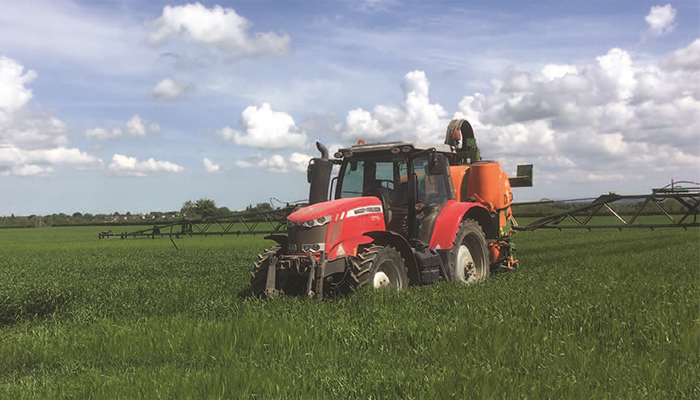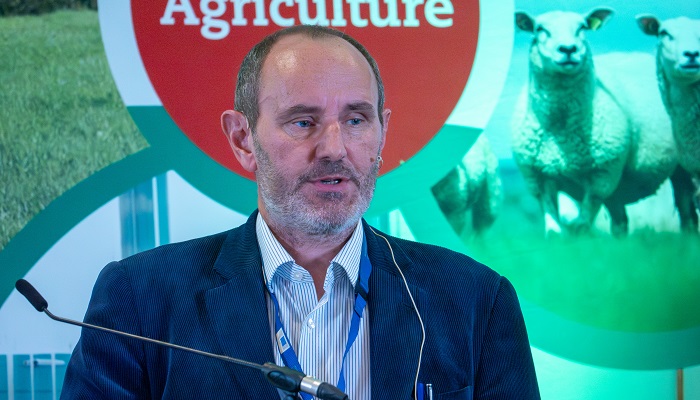17 September 2023
Watch: Ireland has already achieved key 2030 pesticide reduction target

Ireland is just one of three member states to have already achieved a target set out under the EU Farm to Fork Strategy to reduce pesticide usage by 50% by 2030, Andrew Owen-Griffiths from the EU DG Health and Food Safety told delegates at the recent Teagasc Crops Forum.
The Farm to Fork pesticide reduction targets are not just limited to agriculture, but also cover the forestry and road and railway maintenance sectors, Owen-Griffiths explained; it aims to reduce by 50% the overall use and risk of chemical pesticides, and reduce use by 50% of more hazardous pesticides.
Commenting on the trend in the use and risk of chemical pesticides in Ireland, he said: “The action that has been taken in Ireland between 2017 and 2021 has led to a reduction that we project at EU level by 2030. In effect, if you don’t reverse that trend then Ireland is one of very few member states that should be commended for actually reaching the target for reduction already.”
Positive trends have also been observed across the European Union in terms of the trend in the use and risk of chemical pesticides, he added: “Essentially, we have nearly reached the target that is set [across the European Union] for 2030 already. We only need a 17% reduction between now and 2030. In a four year period, we have achieved 33%.”

Andrew Owen-Griffiths speaking from the Teagasc Crops Forum
One the second part of the target to specifically reduce the more hazardous substances across the European Union, Owen-Griffiths noted that a reduction in these products has started, but further action is required to incentivise the reduction. Known as ‘candidates for substitution’, a comparative assessment should be completed if there are other less harmful substances available and, if available, the former shouldn’t be given approval and removal from the market should follow.
Highlighting the factors that have helped with the reduction at EU level, Owen-Griffiths pointed to research; the non-renewal of higher risk substances; technological advances, including precision farming; non chemical alternatives; an increase in organic farming; new resistance varieties; and improved integrated pest management.
Also read: Teagasc Crops Forum Mapping the Future for Tillage Farming in Ireland
